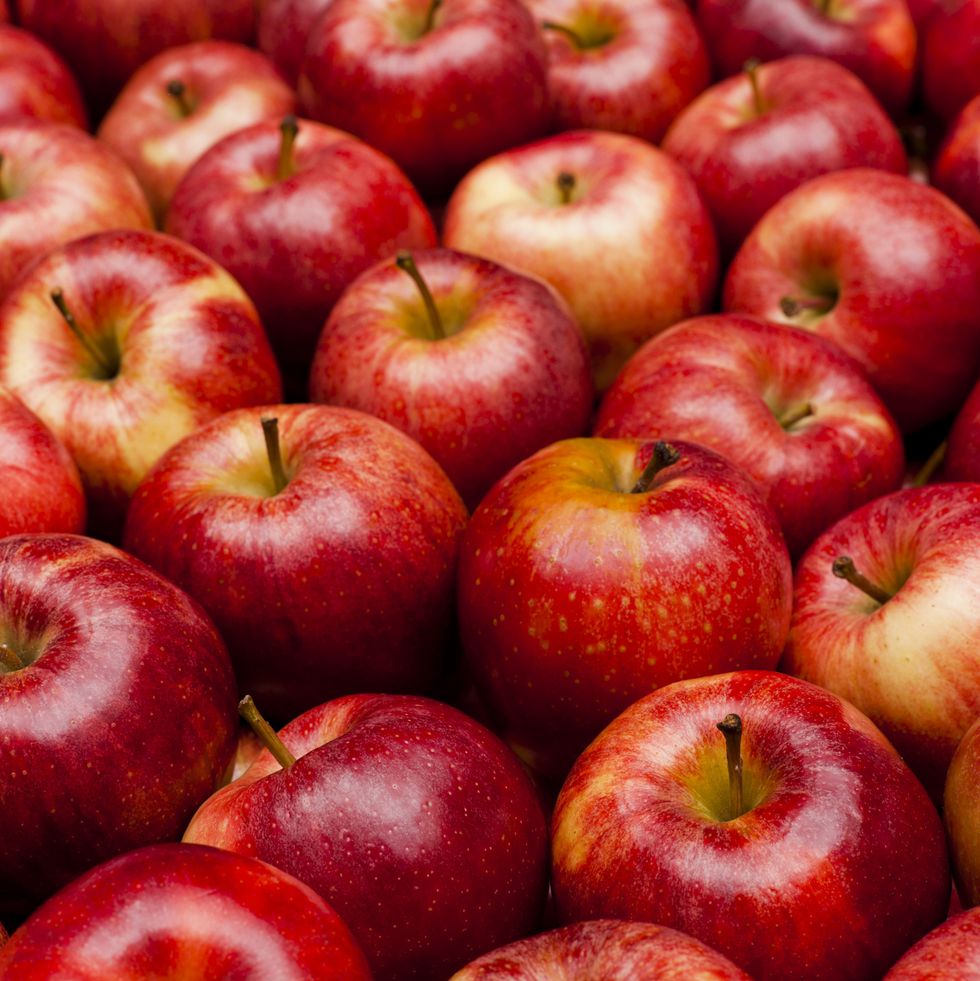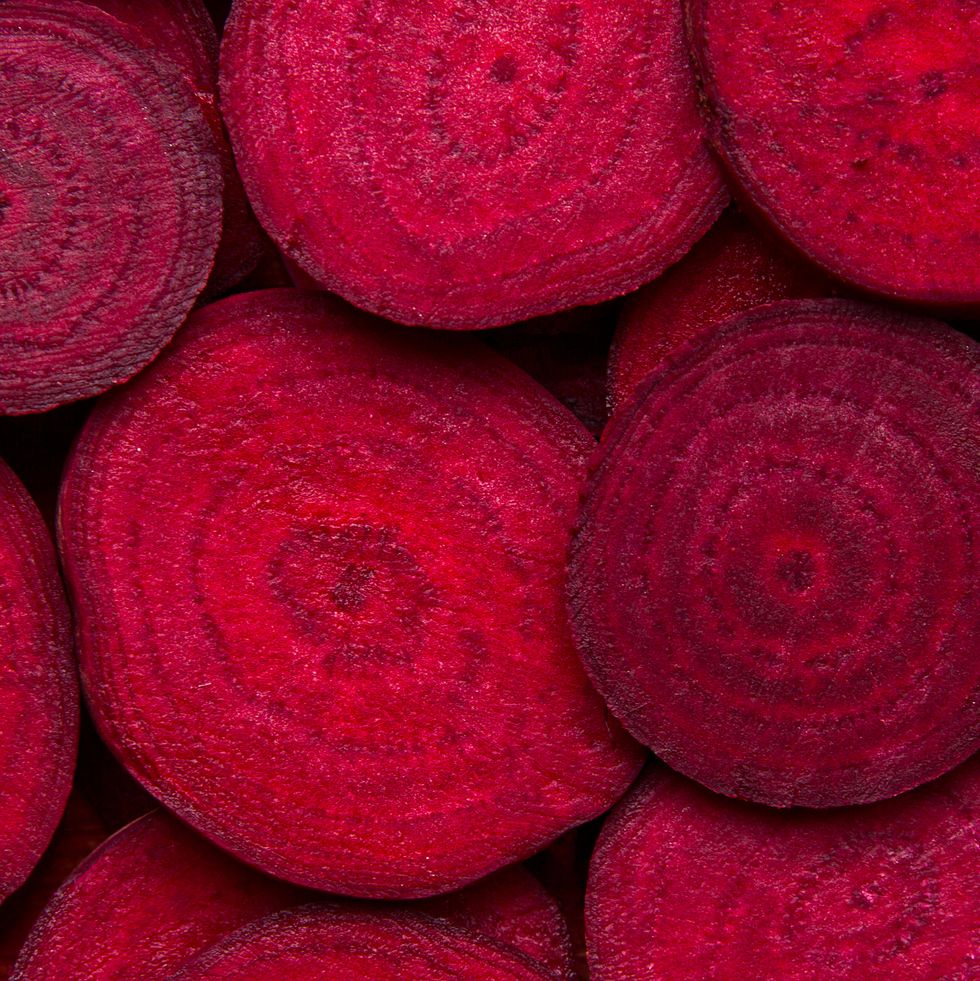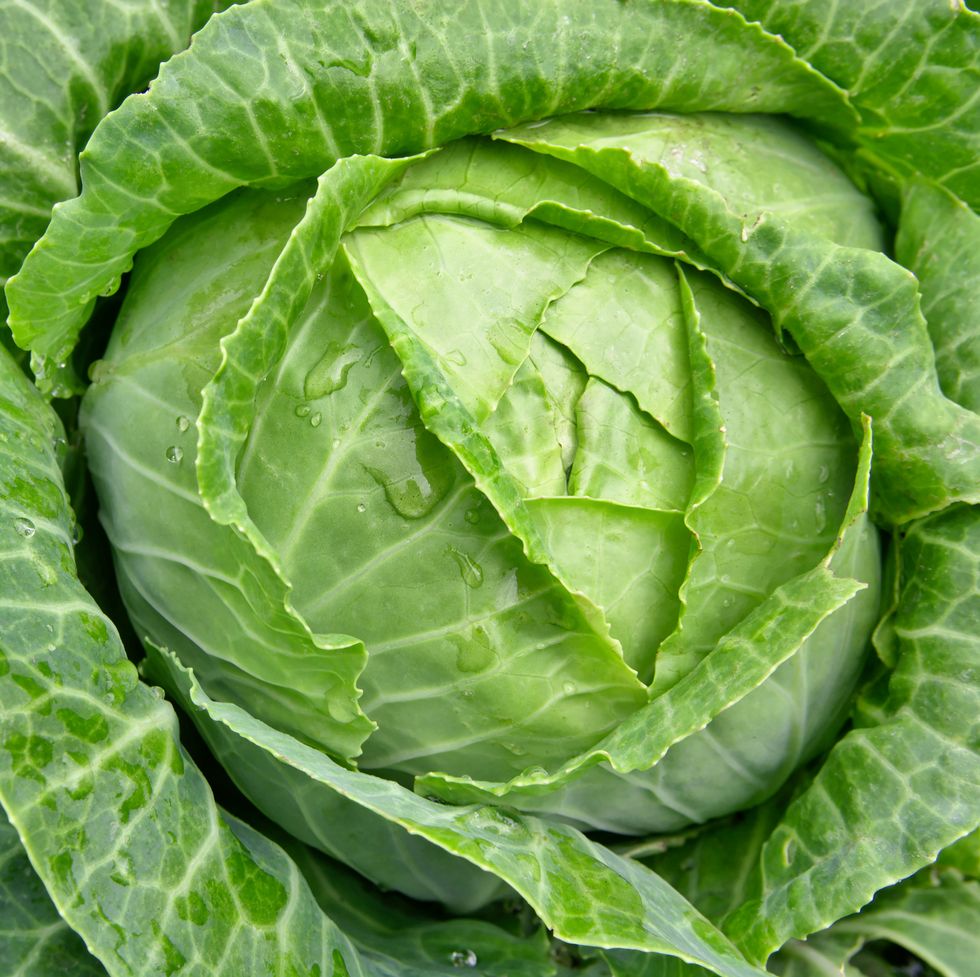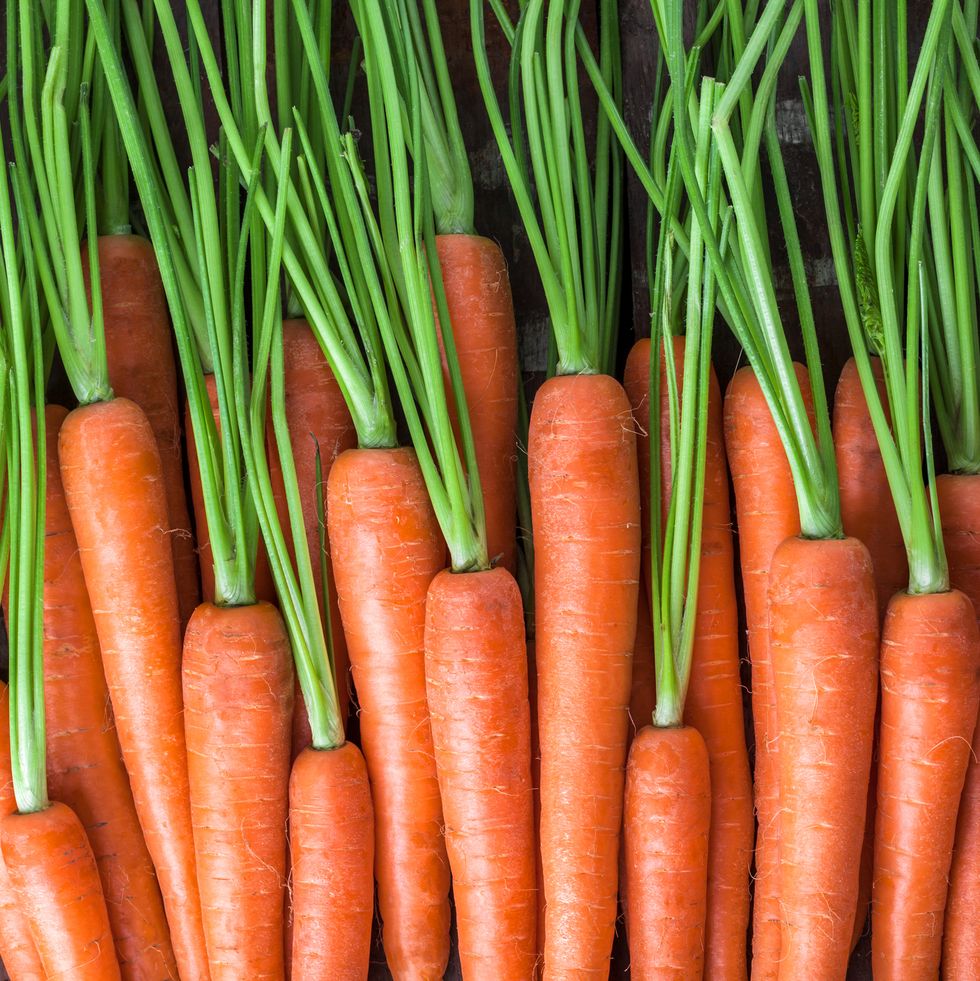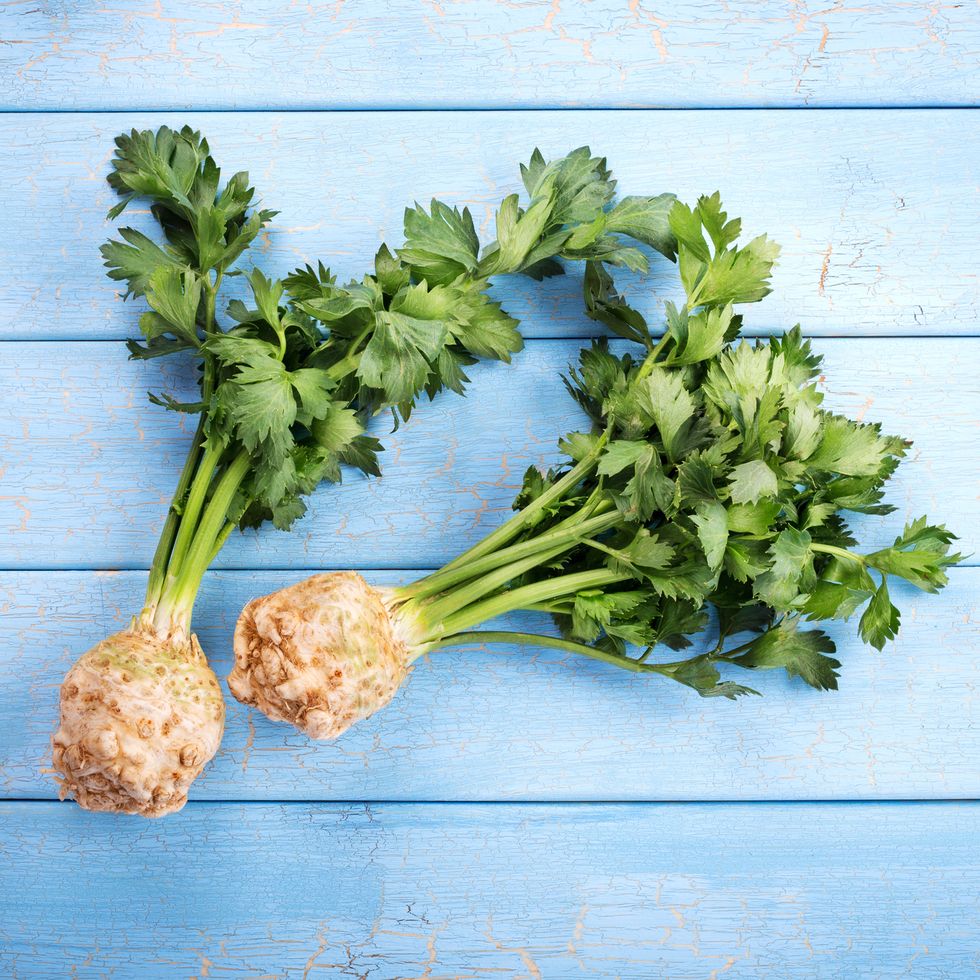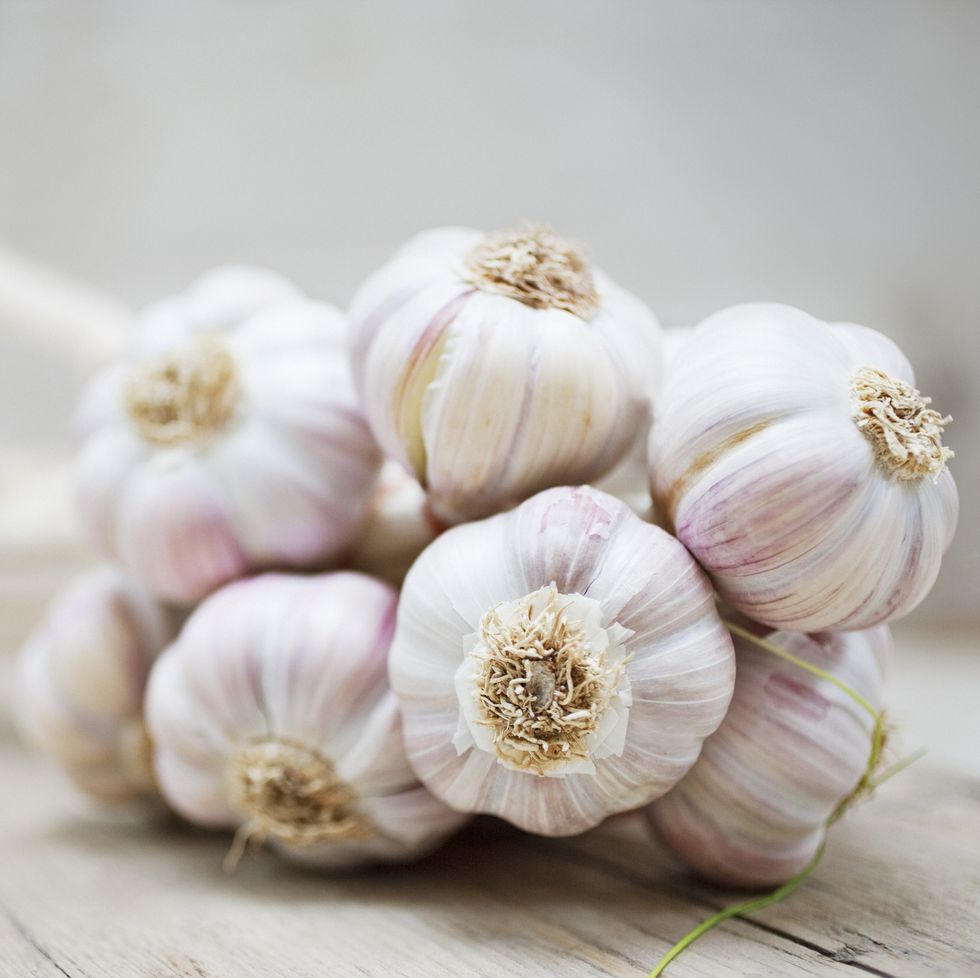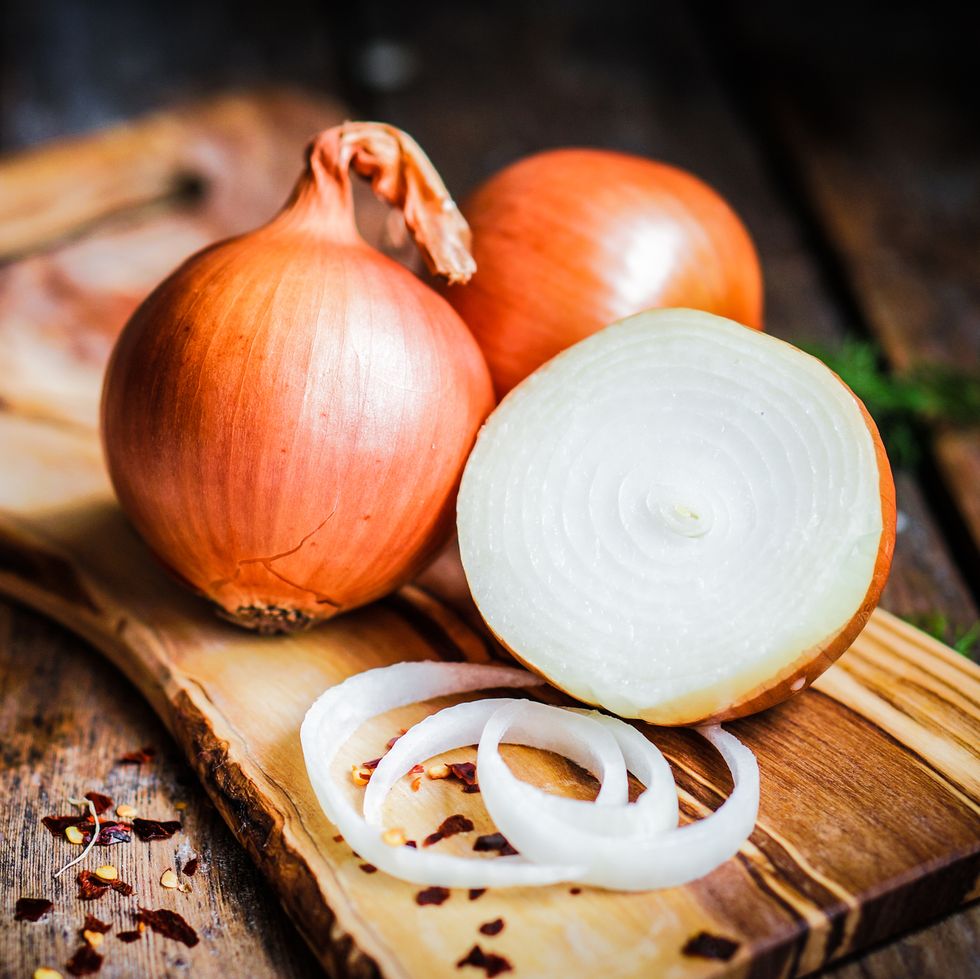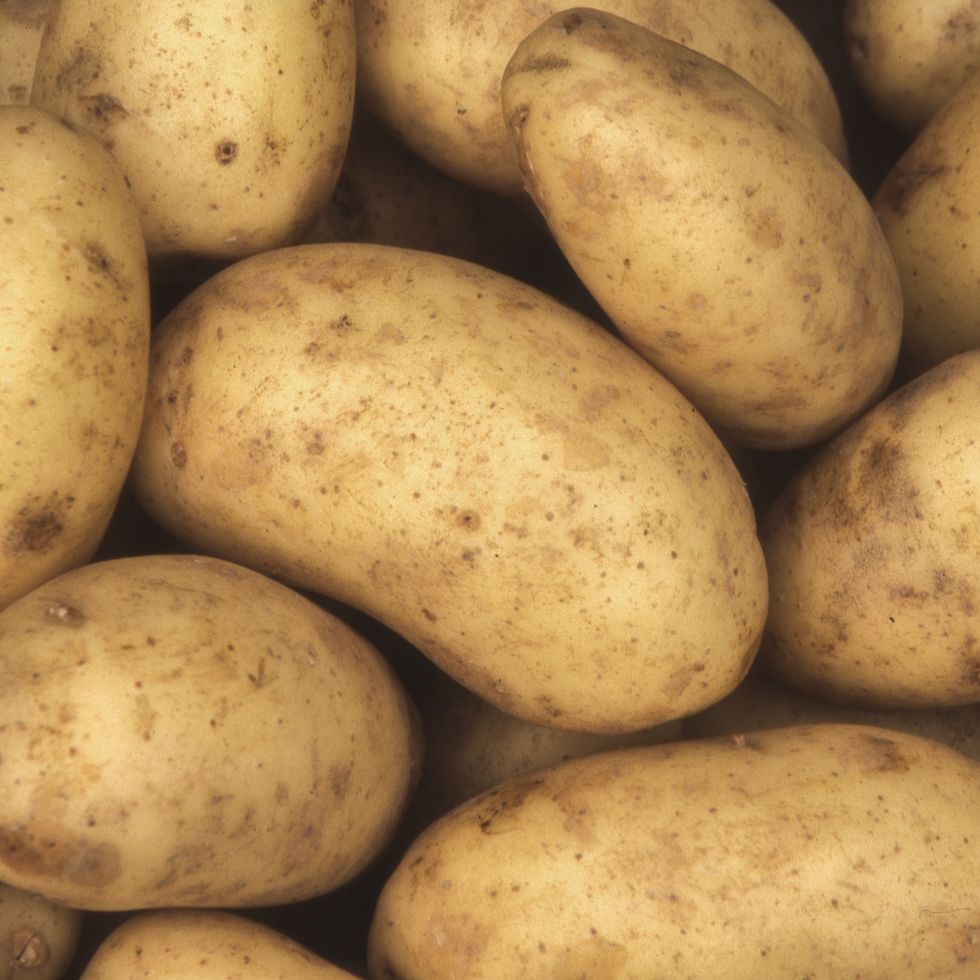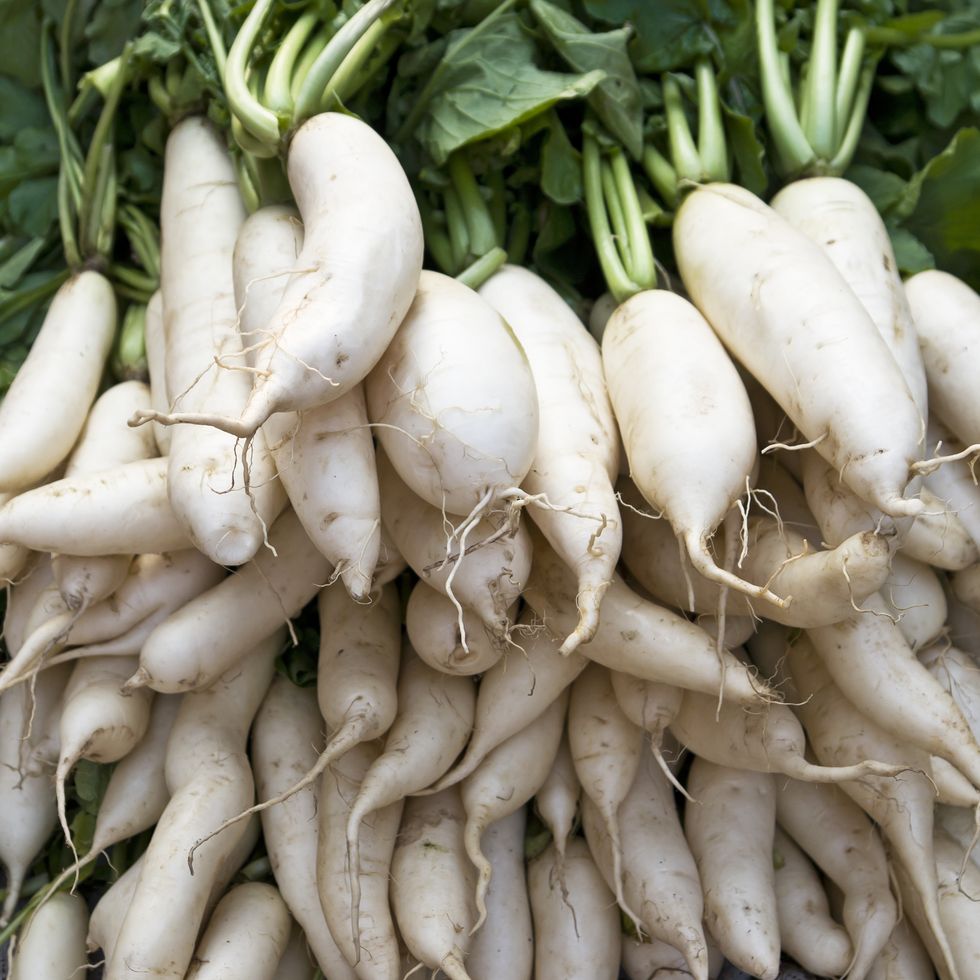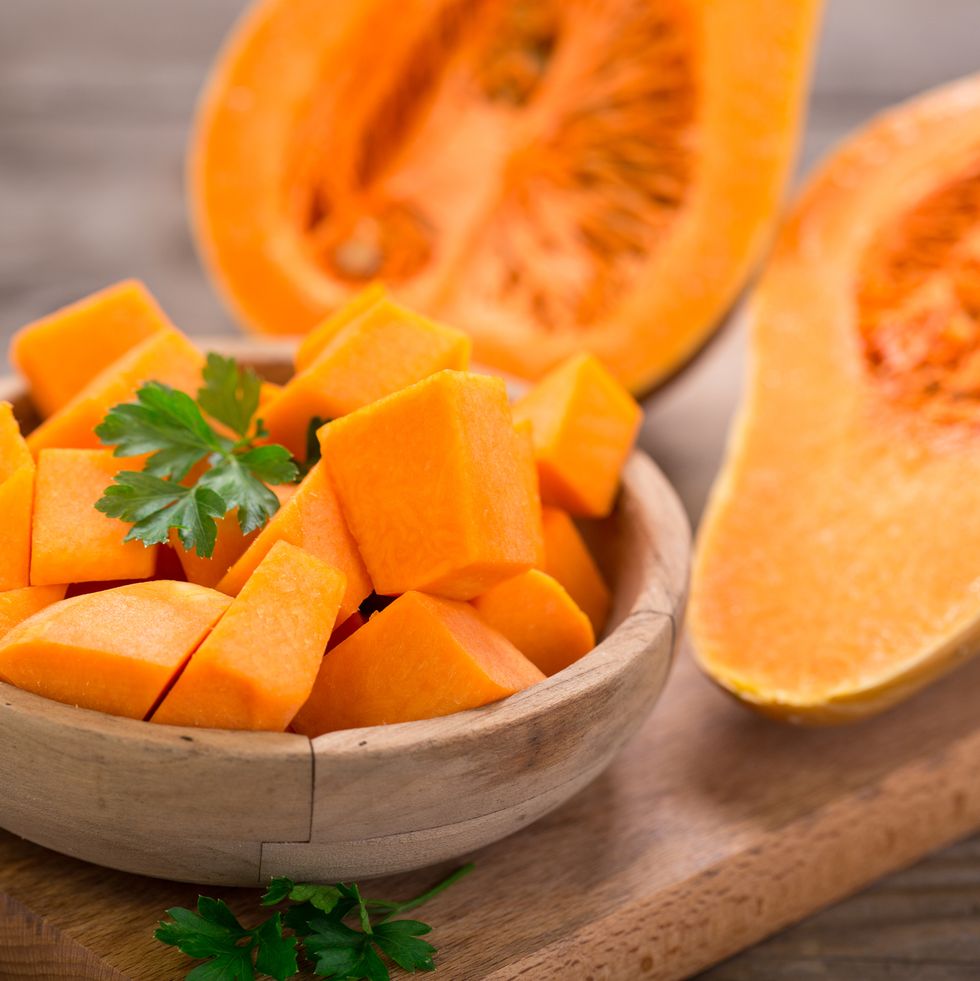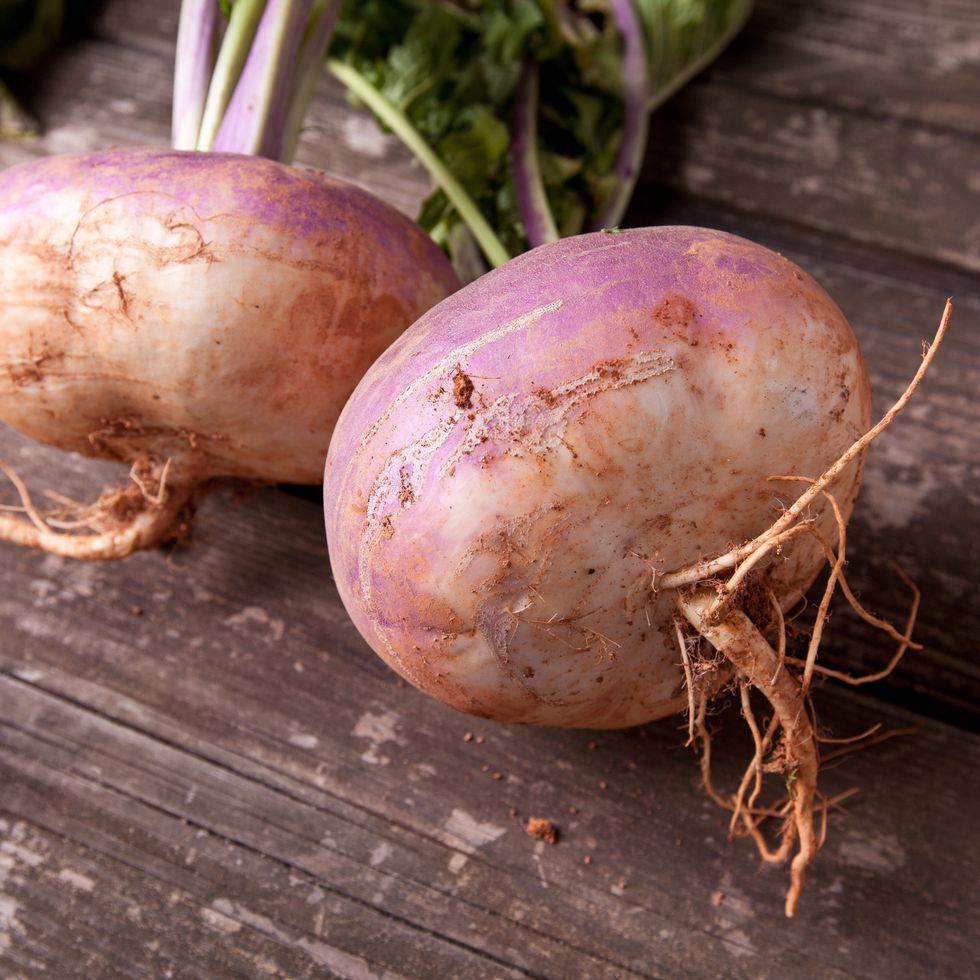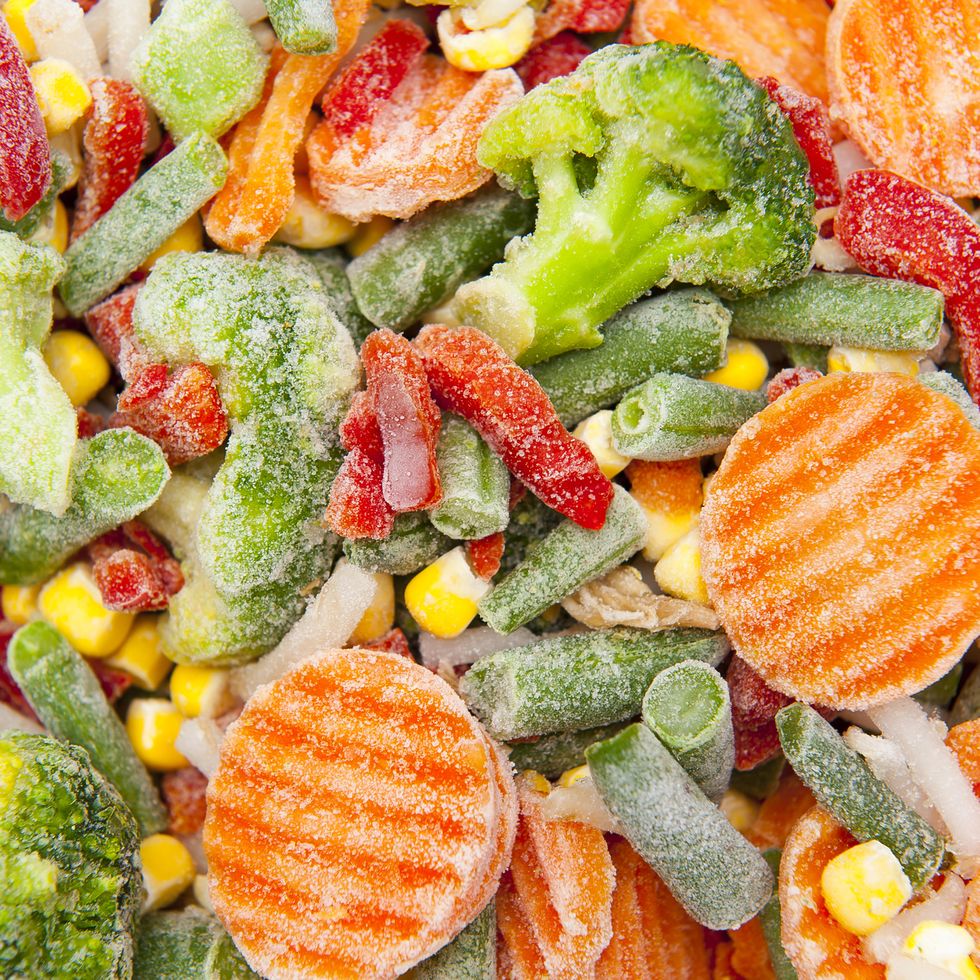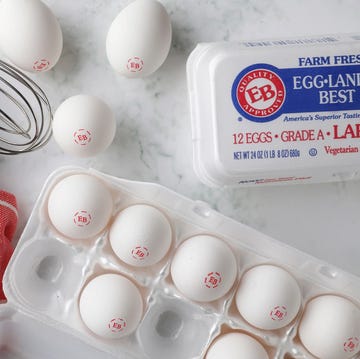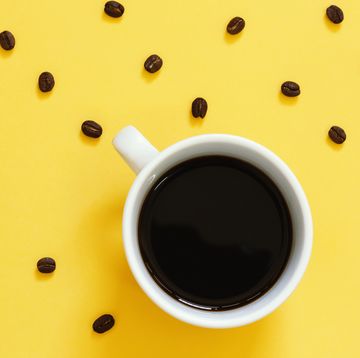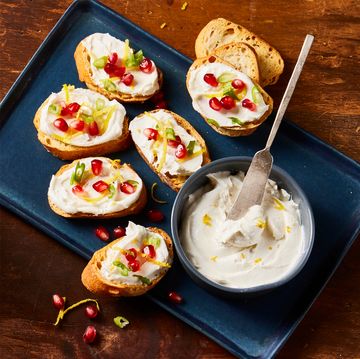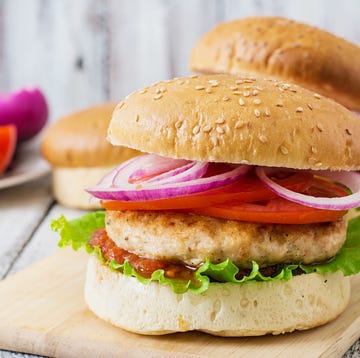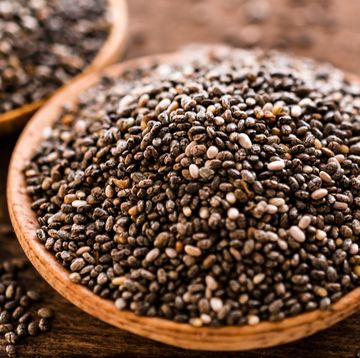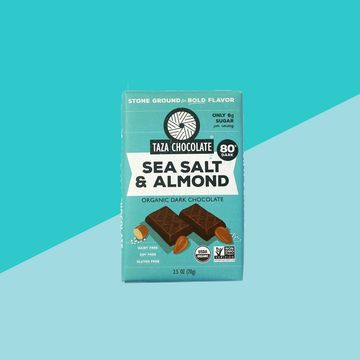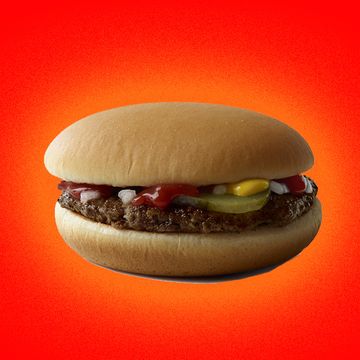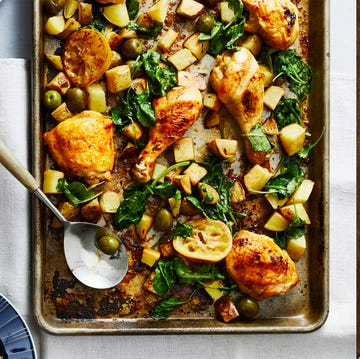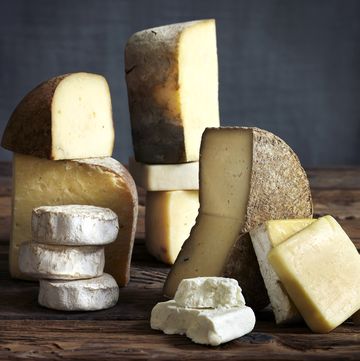There are a bunch of common sense reasons for wanting your produce to last as long as possible. Fresh fruit and vegetables can be expensive, for starters, and can lead to food waste if left in the fridge too long. About 94% of tossed food ends up in landfills, according to the Environmental Protection Agency. A lot of this can be avoided simply by understanding how to purchase, store, and prep your produce to last as long as possible.
So, the next time you’re ready make a grocery run, consider these 12 produce picks that last far longer than you’d expect—as long as you store and use them correctly.
Apples
Apples and pears last longer than any other tree fruits, according to the University of Maine, and can keep for up to 4 months under the right conditions. Most apples will thrive when stored around 32°F; the only exception is Honeycrisp, which is prone to "chilly injury." Store those at 36°F.
Eat the largest apples in your bag first; they're usually the first to go bad. If you want your apples to last for weeks, keep them in a plastic bag in your fruit crisper drawer, away from vegetables (the ethylene gas they emit will cause other vegetables to ripen faster).
Use them to make: Apple Nachos
Beets
Beets can last between 2-4 months in the refrigerator. First, cut off the greens if they're still attached, and then store them in a perforated plastic bag in your vegetable crisper.
Use them to make: Charred Greens with Shaved Beets
Cabbage
Cabbage tastes best when it's fresh, but it can last for up to 2 months wrapped in plastic in your fridge. Use it as a stand-in for lettuce or other delicate leafy greens in salads, since most salad greens wilt within days due to their high water content.
Use it to make: Cabbage, Bacon, and Pear Salad
Carrots
The key to making carrots last is keeping them dry, as they give off a lot of moisture, which causes them to rot more quickly. If you buy carrots in a plastic bag, place a paper towel in the bag to absorb any moisture and change it whenever it gets saturated. This can keep them fresh for a few weeks to a few months.
Use them to make: Sweet Carrot Pumpkin Bars
Celeriac
A root vegetable available mostly at farmers' markets, celeriac is the root of celery plants and has a mild celery-like flavor. Celeriac likes moisture, so store it wrapped in plastic on the bottom shelf of your refrigerator. Even after it's cut, celeriac will keep for a full week if wrapped well.
Use it to make: Celeriac Soup with Thyme
Garlic
Garlic keeps longest when stored at 60-65°F and moderate humidity. Unless you have an older, very dry home, your garlic should do fine in a dark kitchen cabinet. You can also store whole bulbs in the fridge in a paper bag (cut garlic will make all your other food taste like garlic), where the bulbs will last for months.
Just be aware that once garlic has been in the cold, it will start sprouting within days after being brought to room temperature. So if you store it this way, keep it in the fridge till just before you're ready to use it.
Use it to make: Sauteed Spinach with Garlic and Lemon
Onions
Store onions in a dry area where the temperature stays between 30-50°F, and they'll keep for up to a year. If you don't have a place like that, keeping them in mesh bags (like the kind used to package grocery-store onions) and storing them in a dark cabinet will let them last for up to a month, and perhaps longer.
Use them to make: Hot Pepper and Onion Pizza
Potatoes
The ideal storage temperature for potatoes is 40°F, which is on the warm end of most home refrigerators, and they don't like light, which can cause them to turn green. (Sweet potatoes don't last very long in storage, so eat those within a week of purchase.) Basements or cellars usually provide perfect potato-storage conditions that will keep them from rotting for between 2-4 months. Keep them away from onions and apples, wherever you store them, as both emit gases that speed up the ripening process.
Use them to make: Chicken, Sweet Potato, and Apple Skillet
Winter Radishes
Winter radishes, like the daikon variety you might see at grocery stores, are much more pungent than the red varieties you get on spring salads, so don't load up on too many if you're looking for a healthy supply of fresh veggies. Store them as you would carrots, with their greens removed and in a plastic bag accompanied by a paper towel to absorb moisture. They'll last for up to a month.
Use them to make: Roasted Radishes
Winter Squash
Pumpkins, butternut squash, and other varieties of hearty winter squash will last between 2-6 months if kept in a dark cabinet. Keep all your squash in a single layer in your cabinet so air can circulate around them.
Use it to make: Butternut Squash and Spinach Toast
Rutabagas
Rutabagas are great sources of vitamins A and C, potassium, and fiber, and the fact that they can last up to a month in your refrigerator makes them good candidates for stocking up. Store them as you would celeriac, wrapped in plastic on a low shelf in your fridge.
Use them to make: Roasted Rutabaga
Frozen Veggies
When you feel you've got enough fresh produce in your cart, hit the frozen-foods aisle. Because they are frozen within hours of being picked, frozen vegetables can be even healthier than fresh versions of spinach, asparagus, peas, and other veggies that don't last very long in storage. And you never have to worry about expiration!
Use them to make: Sesame-Ginger Vegetable Stir-Fry
Like what you just read? You’ll love our magazine! Go here to subscribe. Don’t miss a thing by downloading Apple News here and following Prevention. Oh, and we’re on Instagram too.

